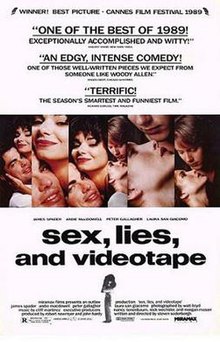WARNING: The following review may contain spoilers. Watch the movie before reading the review.
Hello and welcome to part 2 of my Who Framed Roger Rabbit retrospective. Last time I covered the film's production, now I talk about the film itself to help demonstrate how the movie saved Disney.
Who Framed Roger Rabbit came out when audiences had little faith in animated films. I think part of the reasons why is that the bad taste of Disney's 1985 film The Black Cauldron was still present. That film had a very troubled history and left audiences cold. Disney was actually considering shutting down the animation division at the time, but once The Great Mouse Detective fared well with film critics and Don Bluth's An American Tail made so much money, executives Michael Eisner and Jefferey Katzenberg had finally become convinced that animation can still be a lucrative business.
So Disney took huge risks for Roger Rabbit by giving director Robert Zemeckis creative freedom and pouring so much money on the project. Once the film finally came out, critics and audiences were given a dazzling, funny, and imaginative film that treats the Golden Age of Animation and classic crime films with respect.
The film's nostalgia for classic cartoons was even apparent at the beginning of the movie because it actually opens with a fully animated sequence that is reminiscent of these old animated shorts from the past. It makes sense to open the film this way because cartoons used to be shown before the main feature. Once the animated sequence ends, the film starts to focus on Eddie Valiant (Bob Hoskins), a cartoon hating private investigator who reluctantly helps Roger Rabbit, an animated rabbit who gets framed for murder. As Eddie gets deeper into the case, he realizes that a corrupt city official (Christopher Lloyd) has plans to destroy the animated world of Toontown and has framed Roger for his crimes.
One of the film's biggest strengths is its tone. It mixes slapstick humor, crime drama, and suspense to make this film appealing more for older audiences than for kids. If the tone is imbalanced, then the film would have fallen apart. So it was really difficult to mix these genres together and they pulled it off. It's funny without pulling cheap laughs, and it's a very smart, suspenseful crime drama.
There had been live action/animated films before, such as Song of the South and Mary Poppins. But Who Framed Roger Rabbit was done so convincingly, you totally buy that these cartoon characters really inhabit the real world and vice versa. The animated characters can cast shadows, touch human objects, and the human characters convincingly interact with the animated characters. Looking at this film now, it holds up extremely well, but nobody would ever make a movie like this ever again, because Hollywood has been taking advantage of digital technology since the 1990's.
The cast all do a great job, but the best performance is from Bob Hoskins. Reportedly, he wasn't the first choice for Eddie Valiant. A lot of A list actors such as Harrison Ford and Eddie Murphy were considered before they chose Hoskins. I think they made the right decision to cast Hoskins, because you can totally buy his development from a toon hating detective haunted by the death of his brother to saving Toontown from being destroyed. I think this is the best performance of his career and I think it's a shame that his career didn't really take off after Roger Rabbit.
Director Robert Zemeckis and writers Jeffrey Price and Peter S. Seaman have clear visions that carried thorough the film. It doesn't feel like it was designed by a committee and it's clearly a love letter to classic animation. Disney has made the right decision to give Zemeckis creative freedom, because he was clearly on a roll. When Back To The Future was in production, Hollywood was skeptical of that movie. But when it came out, he proved them wrong and it became one of the most successful films in Hollywood history. So Who Framed Roger Rabbit further cemented his legacy as a filmmaker.
With it's smart and funny script, great performances, and it's high-quality combination of live action and animation, it has all the ingredients to make a solid, entertaining blockbuster. And that's how Who Framed Roger Rabbit saved Disney.

